The question feels audacious, almost cinematic: could science actually assemble a human from scratch, part by part, code by code? In labs across the world, researchers grow mini-organs, print tissues, and train machines to read emotions, while robots learn to balance, grip, and navigate chaos. Yet when you step back, the puzzle looks less like a straight line and more like a sprawling mosaic with a thousand unfinished tiles. We’re inching forward on many fronts – biology, computing, materials, and ethics – but integration remains the towering cliff. What’s different now is momentum: the pieces are starting to talk to each other.
The Hidden Clues
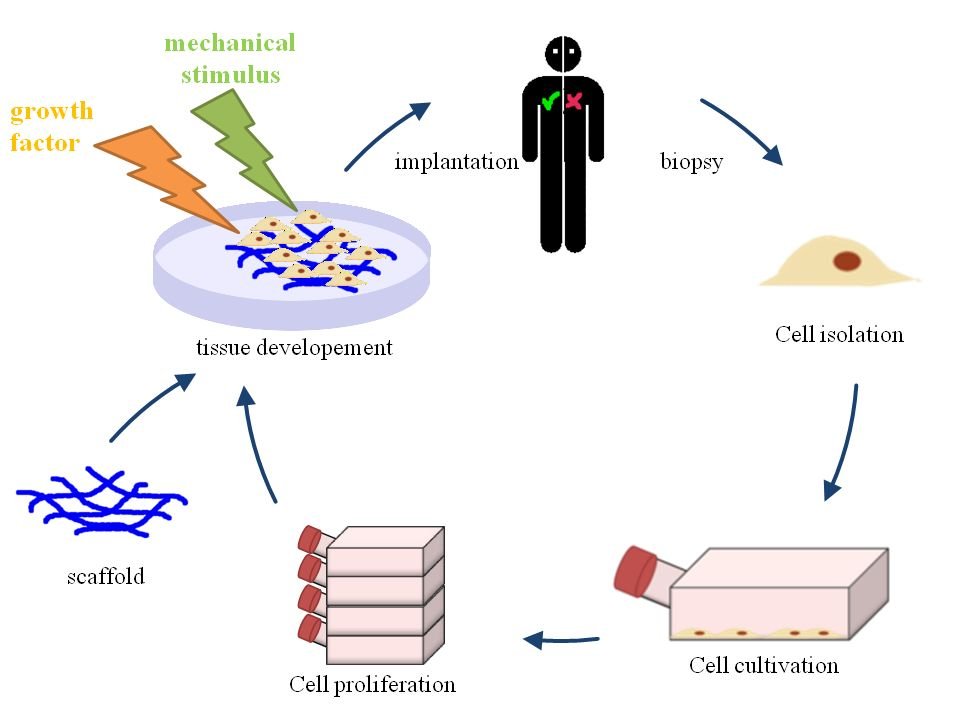
In petri dishes, organoids – tiny, self-organizing clusters of human cells – mimic aspects of the brain, liver, gut, and retina, revealing rules life uses to build itself. These models don’t think or feel, but they expose the choreography of development, helping scientists test therapies without risking patients. Embryo-like stem cell models sketch the earliest chapters of body formation, a period once hidden behind an ethical and practical curtain.
What makes these clues thrilling is pattern. Cells follow gradients, sense neighbors, and obey a surprisingly compact set of instructions that scale into complex form. If you’re searching for a blueprint for “artificial human,” this is the architectural preface, not the whole plan. It shows us how parts might take shape – and where they fail without the broader symphony of a living body.
From Ancient Tools to Modern Science
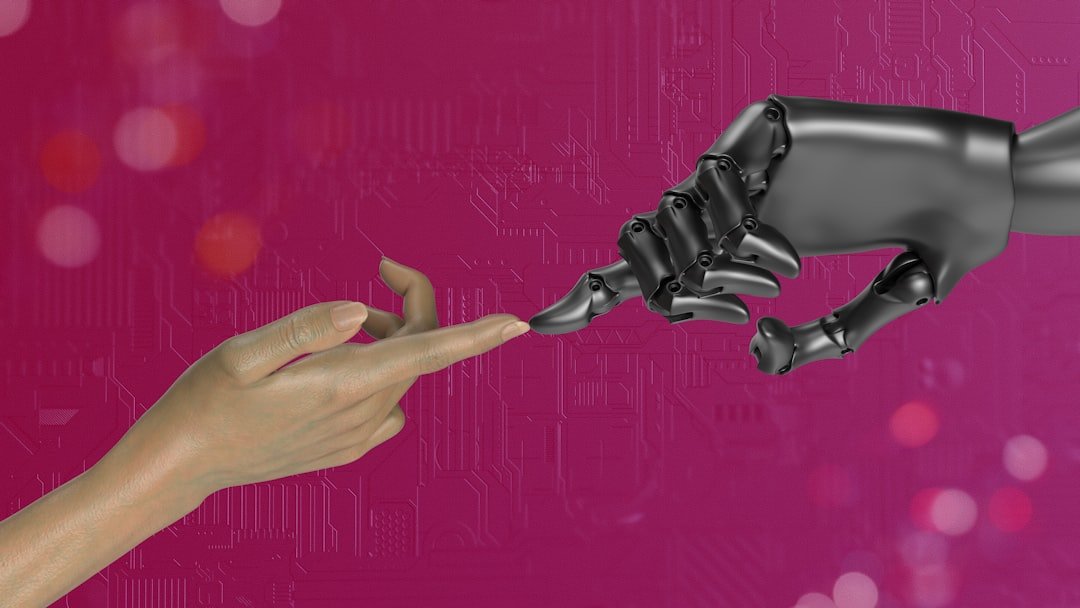
Humanity’s dream of making lifelike beings runs from myth to mechanical automata to the earliest programmable machines. Today, that arc continues through induced pluripotent stem cells, CRISPR-based gene editing, and high-resolution 3D printing that can lay down living cells like ink. Each step traded magic for method, and wishful thinking for protocols and peer review.
The leap in our time isn’t just better tools; it’s convergence. Biology behaves like software in some contexts, while hardware grows more organismal with self-healing materials and soft robotics. If old automata were clever illusions, modern systems are starting to be genuinely functional – still narrow, still brittle, but undeniably real in their capabilities.
The Body, Piece by Piece
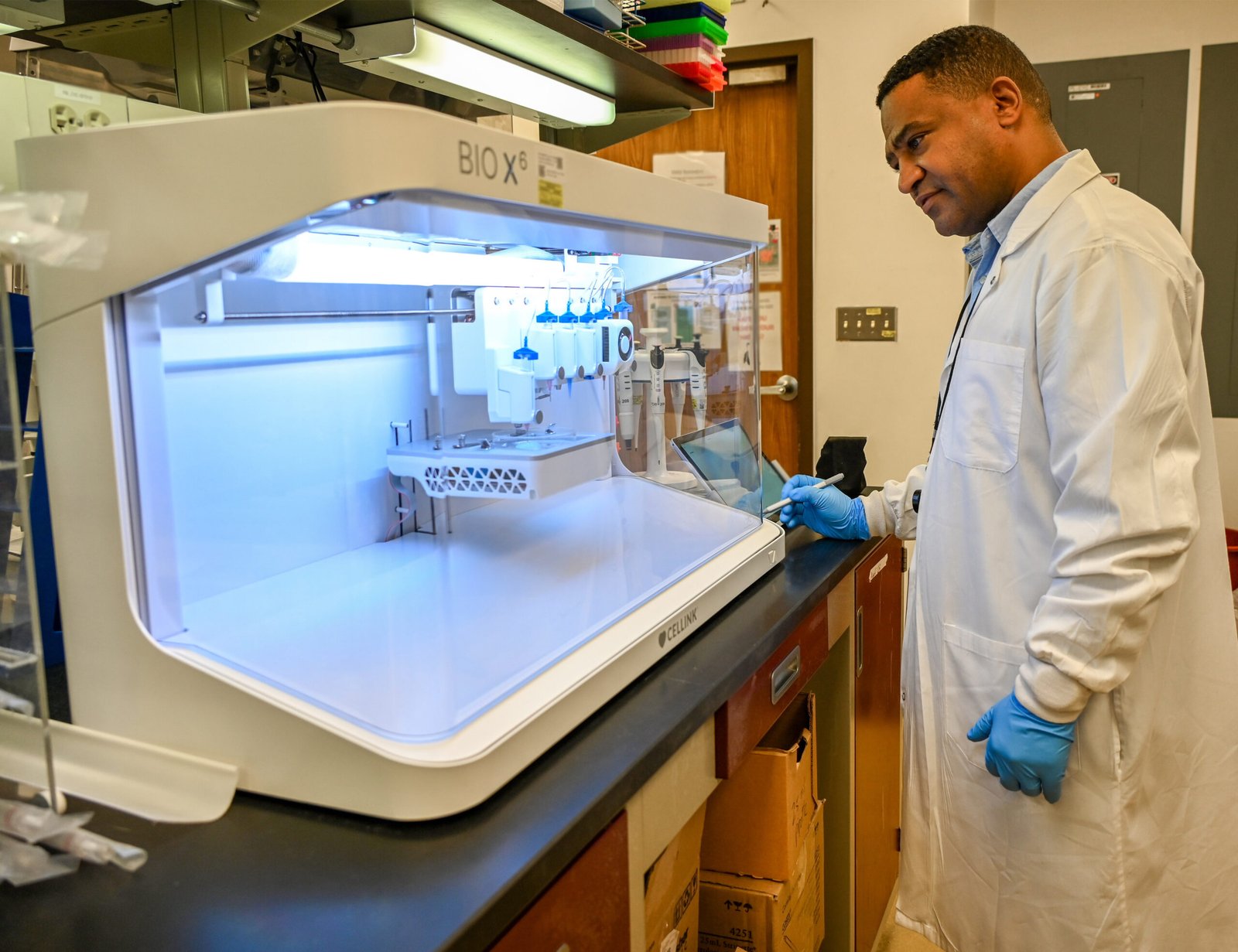
Tissue engineers can now bioprint cartilage, skin, and vascularized constructs that survive in lab conditions. Organ-on-a-chip platforms replicate the microenvironments of lungs, kidneys, and intestines, letting researchers test drugs with human-relevant responses. Some lab-grown tissues have reached patients in specialized cases, while others remain prototypes waiting for durability, safety, and scale.
The roadblock is connective logic. A heart doesn’t just pump; it listens to hormones, oxygen levels, neural signals, and mechanical stress. Stitching organs into a coherent organism requires a control system that negotiates thousands of feedback loops in real time. That’s why a full-body build is not simply a bigger printer – it’s an integration challenge of staggering scope.
Minds on Silicon

Artificial intelligence can spot tumors in scans, draft code, and even improvise strategies in unfamiliar situations, but it doesn’t embody a human life. Neuromorphic chips inspired by brains offer energy-efficient spiking networks, hinting at machines that process information with biological frugality. Whole-brain emulation remains a moonshot – connectomes are incomplete, neuron types are diverse, and dynamics shift with context.
Meanwhile, brain-computer interfaces translate neural signals into cursor movement or robotic grasp, restoring function for some users. Organoid intelligence experiments explore learning-like behavior in cultured neurons, raising fascinating and responsible questions about measurement and welfare. If we’re honest, we possess many clever parts but no agreed architecture for a mind that is human-like in understanding, memory, self-modeling, and embodied common sense.
Global Perspectives

Regulation is a moving target that shapes what labs can attempt and how fast findings reach clinic. Some regions emphasize precaution for embryo models and gene editing, while others prioritize rapid translation under strict oversight. Funding ecosystems also differ, with public-private partnerships accelerating medical devices in one country and basic biology in another.
International guidelines from professional societies help, but national laws draw the hard lines. These differences can be healthy – creating diverse experiments in governance – but they also risk fragmentation and ethical arbitrage. For a project as profound as building human-like systems, interoperability in standards, data formats, and ethics review is as critical as breakthroughs at the bench.
Why It Matters

The stakes reach beyond spectacle. A near-human physiological model could transform drug discovery by predicting toxicity and efficacy before a single human trial, cutting costs and preventing harm. Surgical training on lifelike tissues could raise skill and reduce errors, while custom grafts grown from a patient’s cells would sidestep rejection.
Compared with traditional animal models and static simulators, a more complete human analog promises fidelity across organs, time, and stress. It could illuminate conditions that defy current models – neurodegeneration, autoimmune flares, or complex polygenic diseases. My take is blunt: the real win isn’t a showroom “artificial human,” but safer medicine and deeper biological understanding delivered earlier and to more people.
The Future Landscape
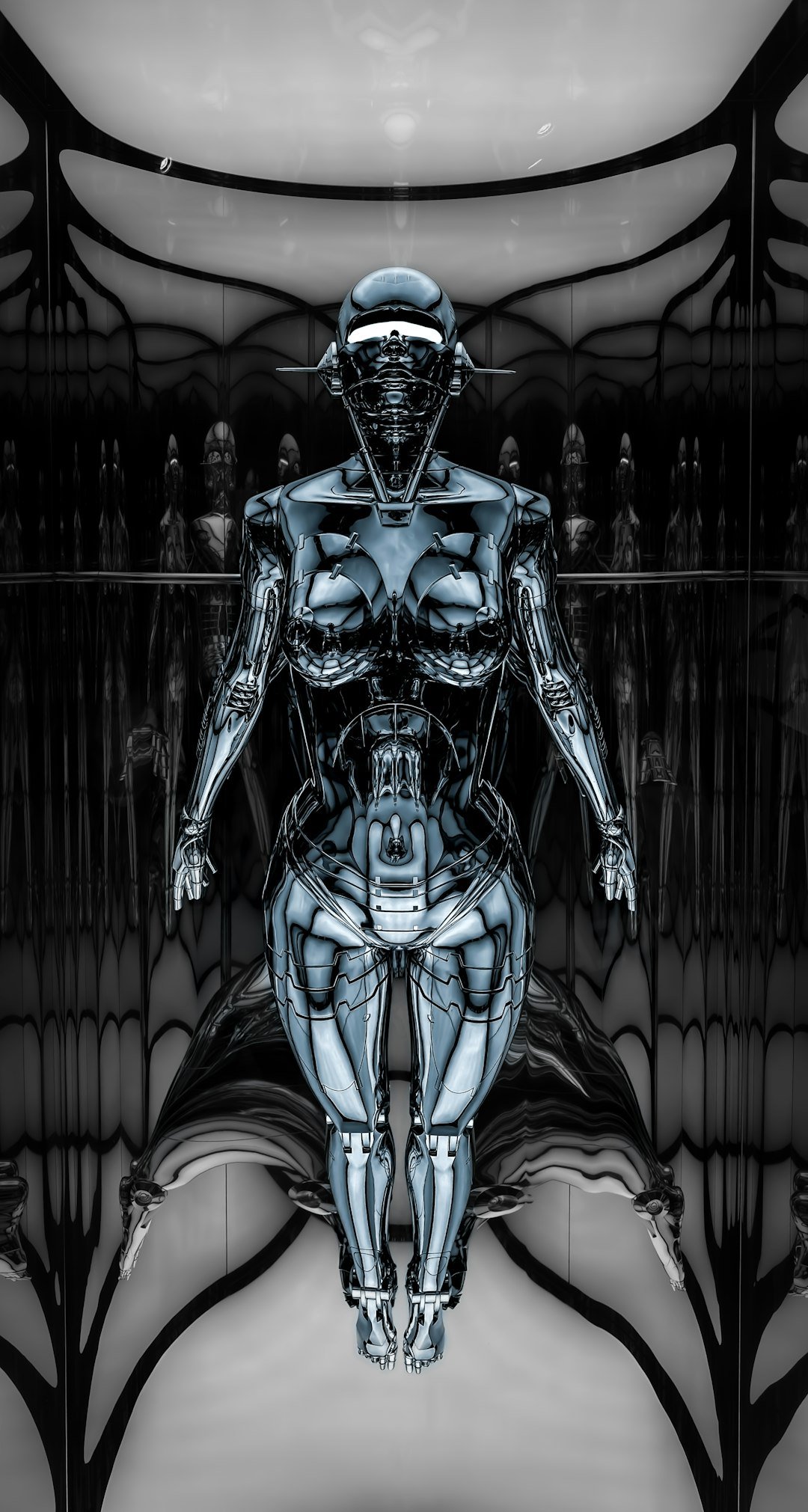
Short term, expect hybrid systems: biological tissues connected to electronic controllers, robotic limbs linked with neuromorphic sensors, and patient-specific organ networks for precision testing. Advances in protein design and gene regulation will fine-tune cells like components, while closed-loop perfusion bioreactors will keep larger constructs alive and functional for longer.
Big hurdles remain: immune compatibility, vascularization at scale, long-term stability, and the ethics of models that might approach forms of sentience. Data integration is another cliff – multimodal streams from cells, fluids, and controllers need real-time, interpretable oversight. Progress will likely look uneven, with impressive islands of capability appearing before reliable bridges connect them.
The Hidden Risks and Guardrails
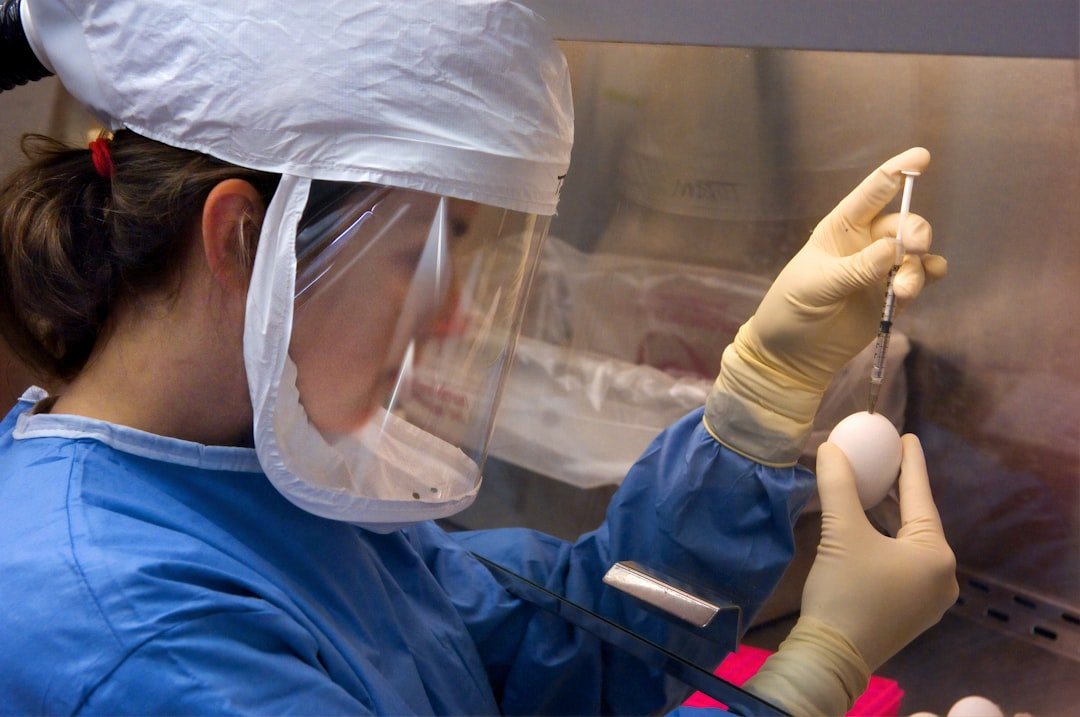
Any system that mimics human biology can be misused – from unsafe DIY tinkering to exploitative medical claims masquerading as cures. Guardrails mean rigorous preclinical validation, transparent reporting, and strong penalties for fraud, not feel-good slogans. Independent replication and adverse event registries should be standard, not optional.
On the moral front, embryo-like models and neural organoids demand clear thresholds for acceptable complexity and monitoring for stress-like signals. Consent, privacy, and data ownership matter too when digital bodies are built from personal genomic or physiological data. Without trust, even brilliant science will stall at the clinic door.
What You Can Do Next

Support organizations that fund open, reproducible biomedical research and demand clear data sharing. When you read headlines about synthetic organs or brain-like chips, look for the basics: sample size, controls, independent replication, and clinical endpoint relevance. Ask your local institutions how they handle ethics review for embryo models, organoids, and AI-assisted medical devices.
If you’re a student or educator, explore community lab programs and coursework in bioengineering, data science, and ethics to build literacy before hype takes the wheel. Patients and caregivers can join registries, contribute to well-designed trials, and advocate for equitable access as new therapies emerge. Practical curiosity, not blind enthusiasm, is the most useful fuel right now.

Suhail Ahmed is a passionate digital professional and nature enthusiast with over 8 years of experience in content strategy, SEO, web development, and digital operations. Alongside his freelance journey, Suhail actively contributes to nature and wildlife platforms like Discover Wildlife, where he channels his curiosity for the planet into engaging, educational storytelling.
With a strong background in managing digital ecosystems — from ecommerce stores and WordPress websites to social media and automation — Suhail merges technical precision with creative insight. His content reflects a rare balance: SEO-friendly yet deeply human, data-informed yet emotionally resonant.
Driven by a love for discovery and storytelling, Suhail believes in using digital platforms to amplify causes that matter — especially those protecting Earth’s biodiversity and inspiring sustainable living. Whether he’s managing online projects or crafting wildlife content, his goal remains the same: to inform, inspire, and leave a positive digital footprint.



